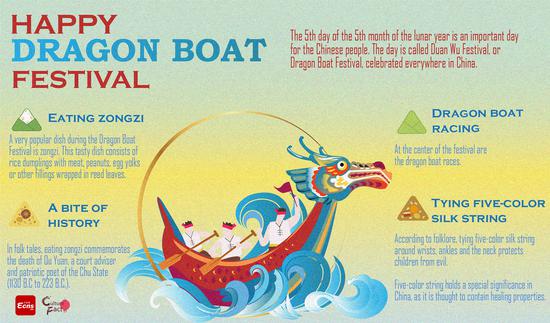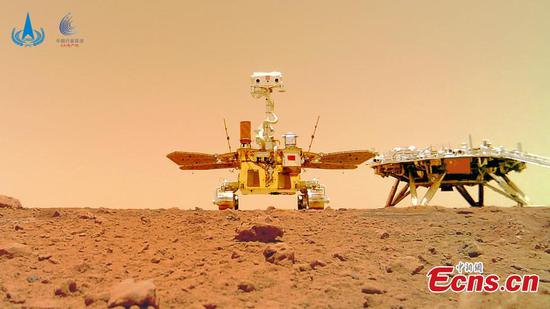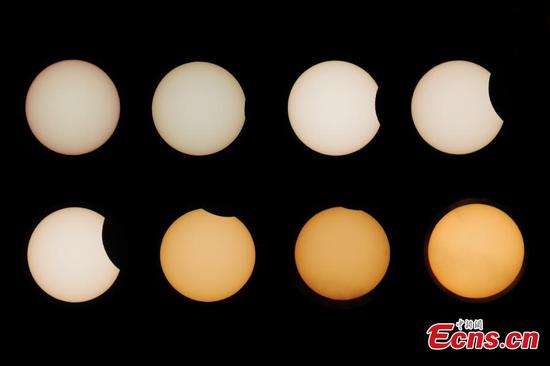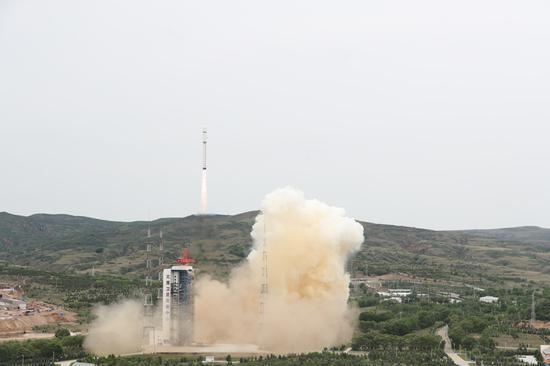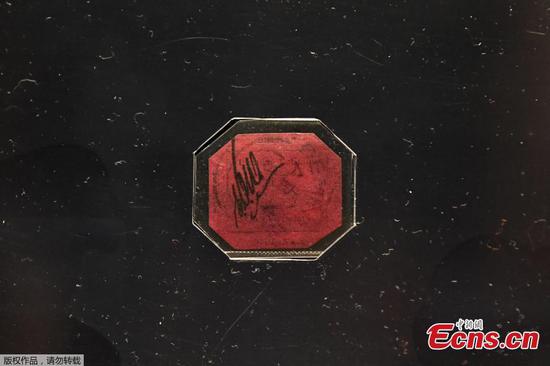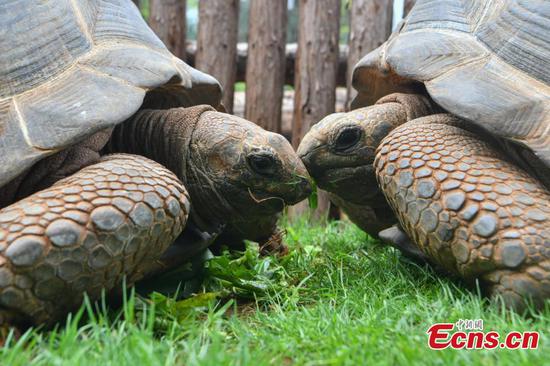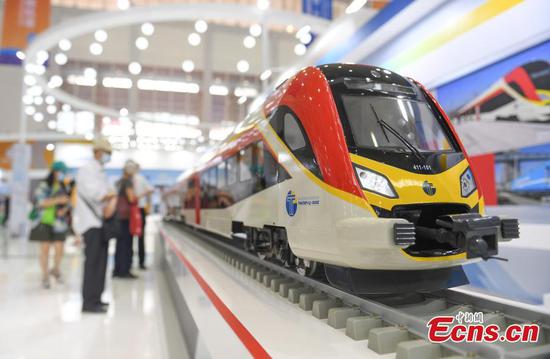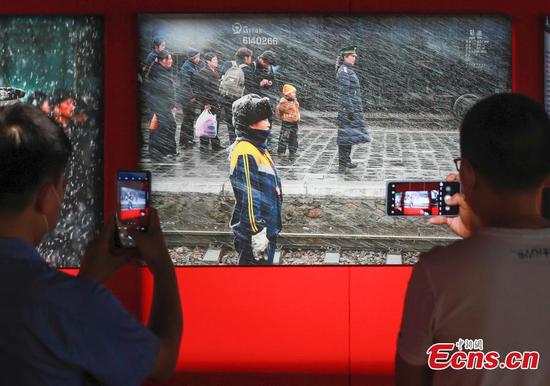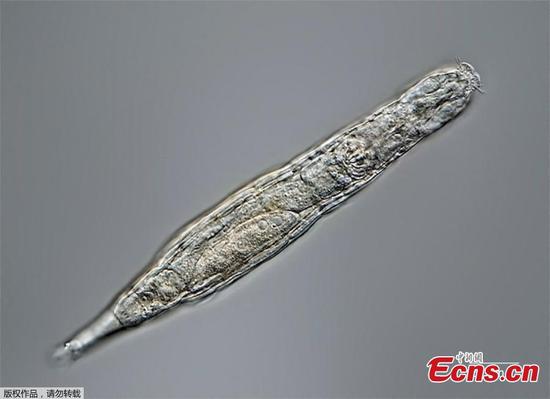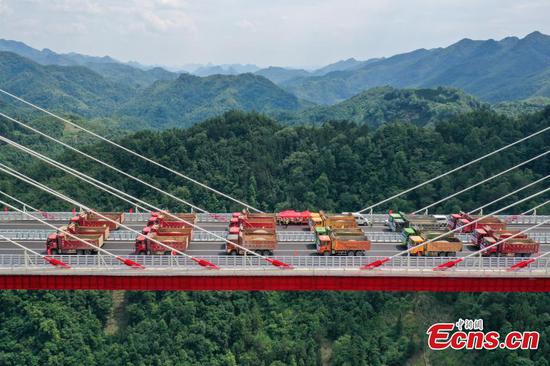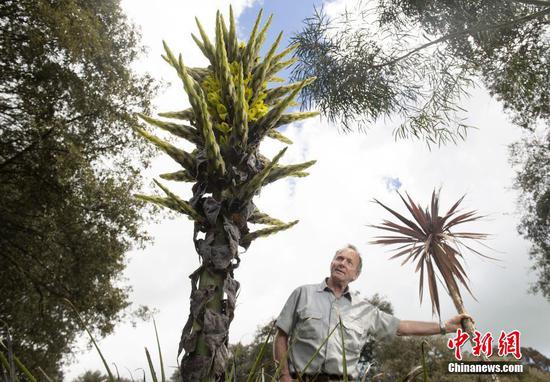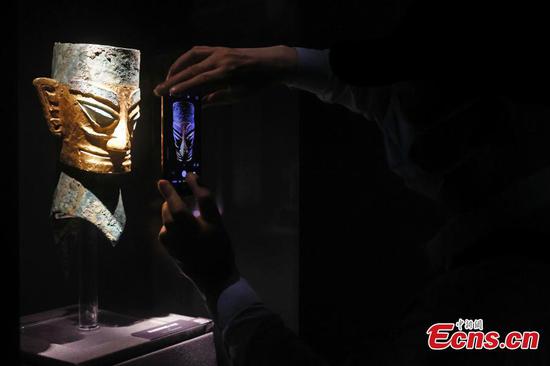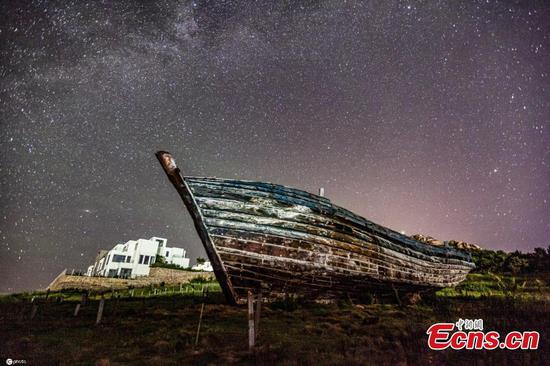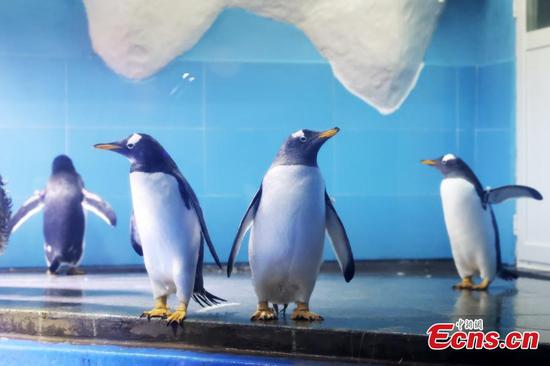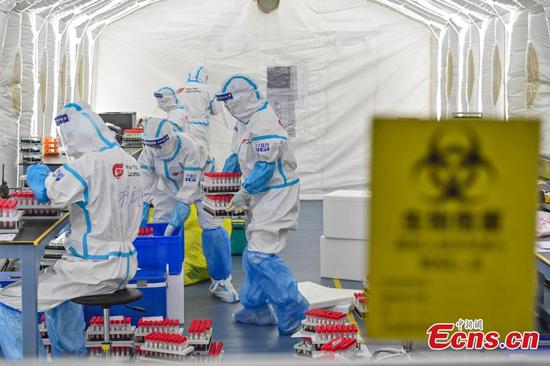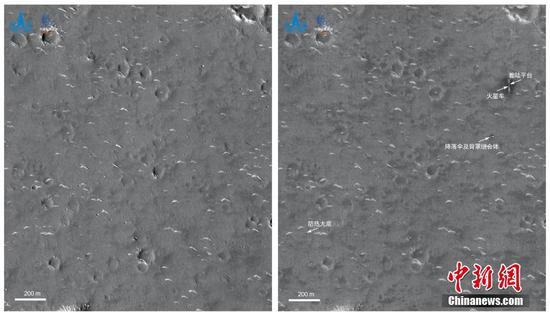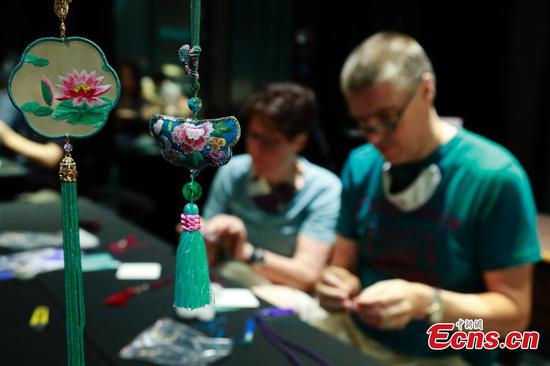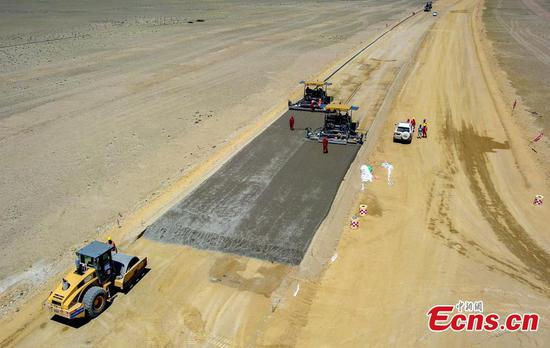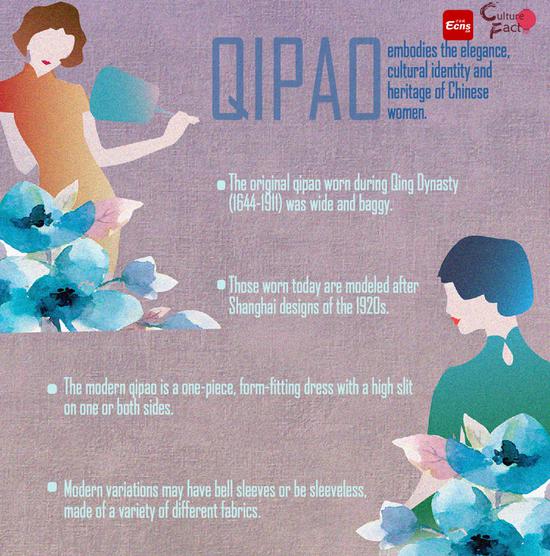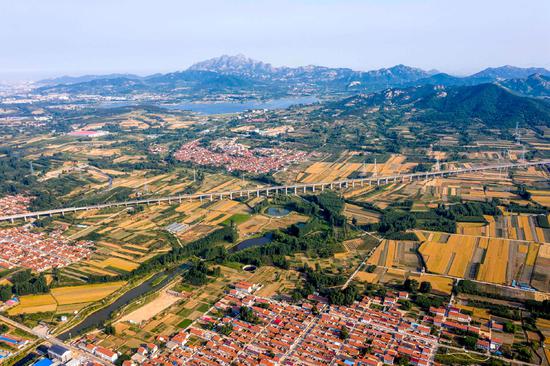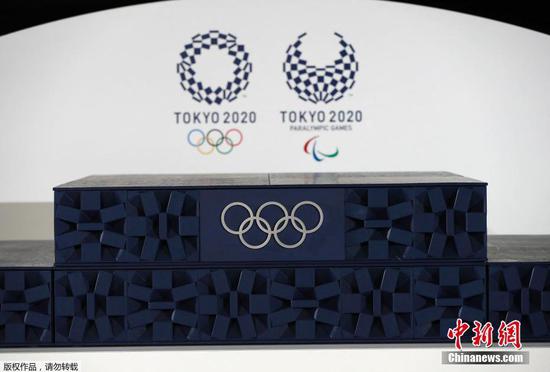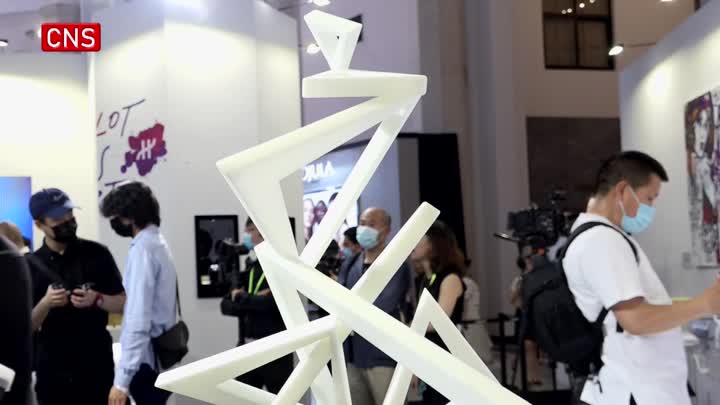China's Mars rover Zhurong will continue moving southward to explore the Red Planet, focusing on key scientific issues, such as potential locations of water and ice, as well as volcanic activities, according to a project leader.
Liu Jianjun, chief designer of the Tianwen 1 mission's scientific system, said on Saturday that mission planners decided the rover would move south out of scientific considerations.
"Tianwen 1's landing site is on the southern part of the Utopia Planitia, near what many scientists believe was a shoreline of an ancient Martian ocean. The site is believed to have been covered by water, so heading southward is in the direction of the land," he said. "Scientists are convinced that this route will enable Zhurong to find some interesting geographical features, such as mud volcanoes and troughs, to observe and survey. This will help them to deepen their knowledge of water, ice and volcanoes on Mars and find answers to as yet unsolved questions."
In the first days after touching down on Mars on May 15, Zhurong tested its scientific equipment and transmitted data back to Earth for ground controllers' assessment and analysis, Liu said.
"Zhurong spent some days on testing because it is China's first Mars rover and we didn't know whether it would work as planned, so we had to check and analyze its data to make sure it operated well," the planetary geologist said. "After that, we will produce standard data products and give them to scientists for formal research."
According to Liu, all six pieces of scientific equipment mounted on Zhurong-including a multispectral camera, ground-penetrating radar and a meteorological sensor-have started operating. He noted that data and images obtained by Zhurong will be first provided to Chinese scientists and then will be accessible to researchers from around the world.
Sun Zezhou, head designer of the Tianwen 1 probe, said Zhurong's condition is better than what designers expected, largely thanks to the weather on the Red Planet in recent days.
"The temperature and sunlight have been better than our expectation, and this has allowed Zhurong to carry out its tasks at a faster pace than we predicted," he said on Saturday. "We think it could work longer than its three-month designed life expectancy."
Sun, a senior designer at the China Academy of Space Technology, said the rover has been programmed to enter dormancy under extreme conditions, like lengthy sandstorms, and then reactivate itself.
The 240-kilogram Mars rover is the core component of China's Tianwen 1 mission, the country's first interplanetary foray and also is the sixth rover on the Red Planet, following five from the United States. The 1.85-meter-tall robot is now hundreds of millions of kilometers from Earth.
The rover's six wheels, powered by four solar panels, can move it at 200 meters an hour on the Martian surface.
Tianwen 1, named after an ancient Chinese poem, was launched by a Long March 5 heavy-lift carrier rocket on July 23 from the Wenchang Space Launch Center in Hainan province, beginning the nation's first mission to another planet.
The spacecraft traveled more than 470 million km and carried out several trajectory maneuvers before entering the orbit of Mars on Feb 10.









